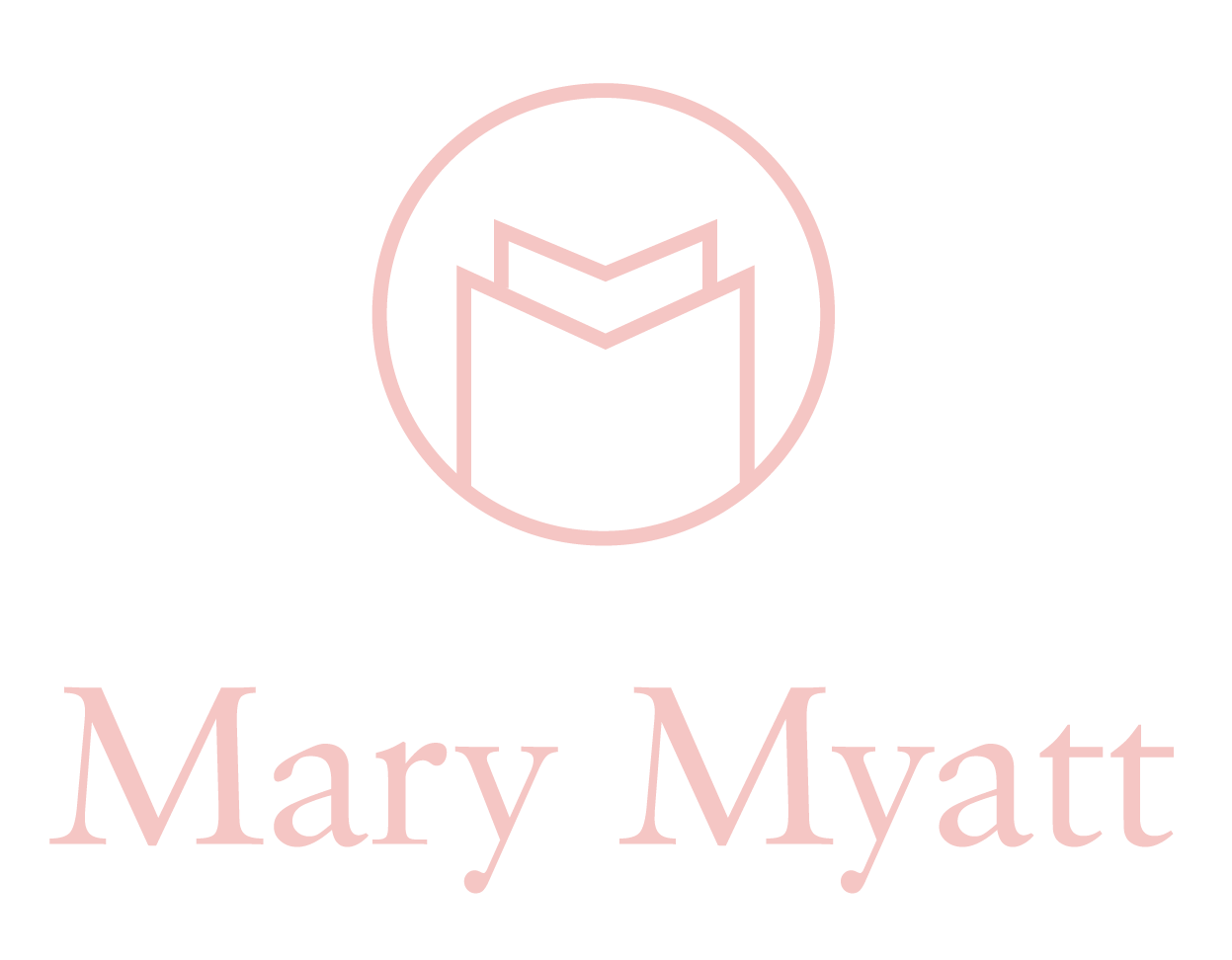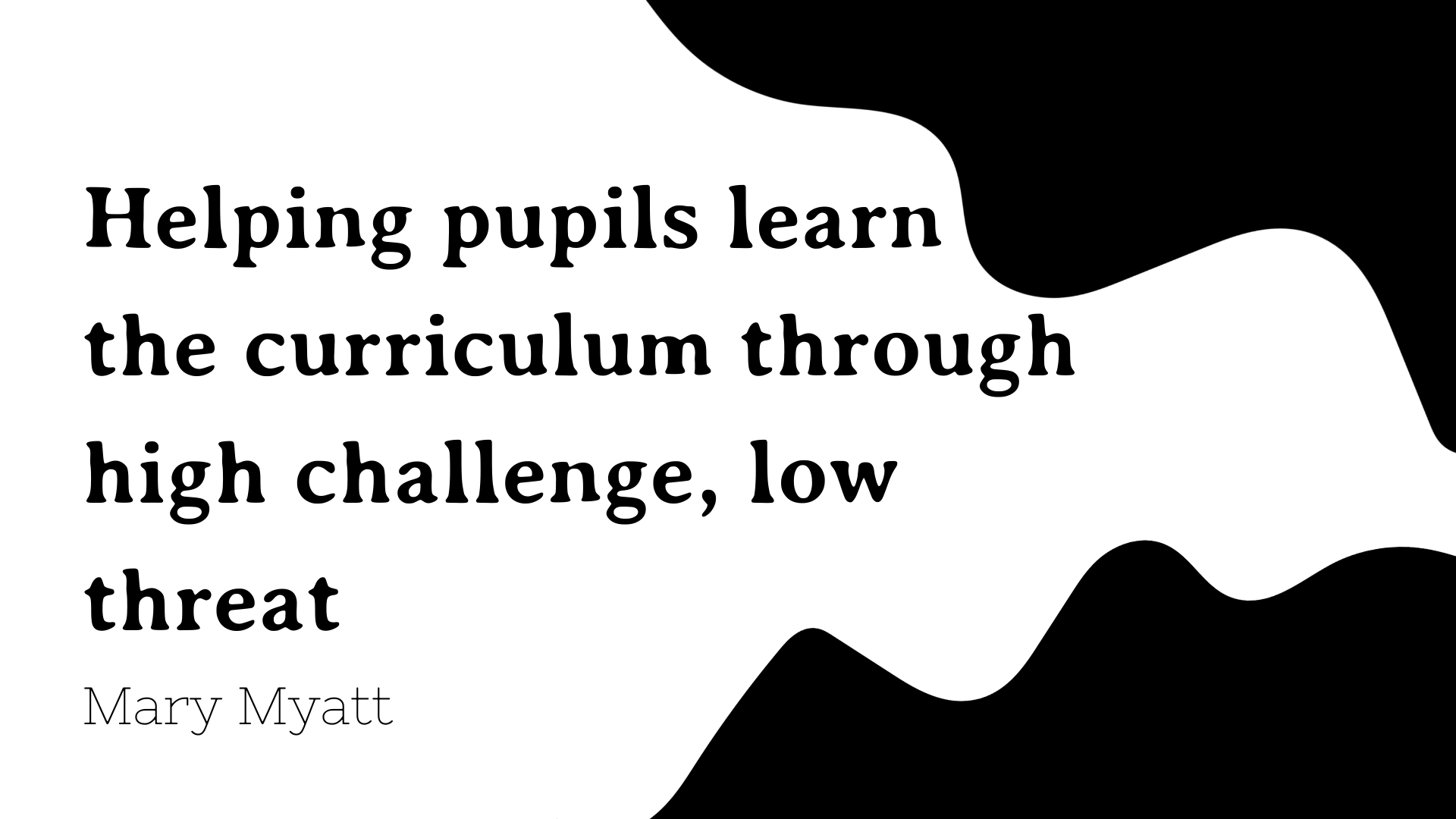How high challenge and low threat can help pupils to learn the curriculum
We are a challenge seeking species, we like doing things that are difficult. However, no-one wants to be made to feel stupid! There are plenty of examples where we do difficult things such as crosswords, Sudoku, word, and maths puzzles, by way of relaxation. The great thing about these is that we can do them in our own time, without any pressure.
We want to make sure that our classrooms have an atmosphere of high challenge and low threat, and to make sure that we shift away from high challenge and high threat. The high challenge takes the form of demanding work, the low threat comes from reassuring pupils that they don’t need to know all the answers because we are going to scaffold the ways in and support them, primarily through talk.
One example of this is Richard Kennett providing his pupils with extracts from Marc Morris’ account of the Norman Conquest. This is a demanding text and Richard wanted the class to read and answer the questions for homework: this is high challenge. However, he went on to say that if they couldn’t answer all the questions, not to worry. This is the low threat. What did he find? Well, he found that all the pupils, even those with a reading age below 10 were able to have a go.
Pupils themselves are saying that they enjoy doing demanding work, so let’s not put limits on their learning, and let’s remind ourselves that in the School Inspection Handbook it says that we should be offering a curriculum that is ‘ambitious for all pupils, particularly disadvantaged pupils and including pupils with SEND.’
There’s a short film suitable for staff meetings, where I talk about high challenge and low threat on Myatt & Co. You can watch it here.

